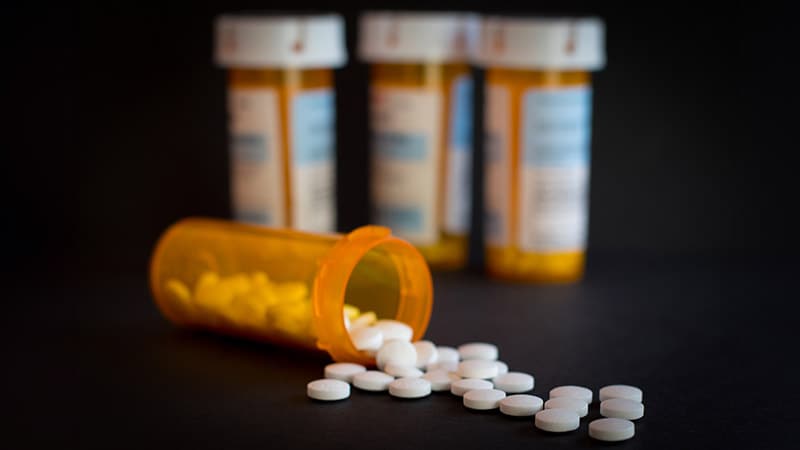TOPLINE:
The proportion of emergency department (ED) patients requiring multiple naloxone administrations increased from 10.1% in 2016 to 17.4% in 2022 in the MarketScan database and from 3.0% in 2016 to 7.3% in 2022 in the National Emergency Department Sample (NEDS) database, indicating an increasing trend.
METHODOLOGY:
- Researchers conducted a retrospective claims-based cohort study using data from the Merative MarketScan and NEDS databases in the United States between 2016 and 2022.
- The MarketScan data included 335,846 patients with ED claims for opioid overdose (mean age, 41 years), of whom 27,742 (mean age, 39 years) received naloxone during at least one ED encounter.
- The NEDS data encompassed 2,087,492 ED visits for opioid overdose (mean age, 46 years), with naloxone administered during 50,791 (mean age, 41 years) of these visits.
- The primary outcome in MarketScan was the percentage of patients who received multiple naloxone administrations during their first ED visit. The primary outcome in NEDS was the percentage of ED visits with multiple naloxone administrations, among ED visits in which naloxone was administered at least once.
TAKEAWAY:
- Among patients from the MarketScan database who received naloxone, 14.7% received multiple administrations, increasing from 10.1% in 2016 to 17.4% in 2022 ꟷ a 72.8% increase (P < .01 for trend).
- Among NEDS ED visits during which naloxone was administered, multiple administrations were recorded during 6.3% of these visits, which increased by 146.7%, from 3.0% in 2016 to 7.3% in 2021 (P < .01 for trend).
- The likelihood of receiving multiple naloxone administrations in the ED increased by 10% (adjusted odds ratio [aOR], 1.10; 95% CI, 1.09-1.12) in MarketScan and 13% (aOR, 1.13; 95% CI, 1.11-1.16) in NEDS each year.
- The proportion of patients from MarketScan who received naloxone at their first ED visit increased by 60.5%, from 5.8% in 2016 to 9.3% in 2022, and NEDS ED visits with naloxone administration increased by 49.9%, from 1.9% to 2.9%.
IN PRACTICE:
“Increases in fatal and nonfatal opioid toxicities involving fentanyl have been accompanied by increased use of naloxone in the ED. While a single naloxone administration appears to address the needs of most ED patients, a small but growing percentage of ED patients require multiple naloxone administrations,” the authors wrote.
SOURCE:
The study was led by Rachael Rzasa Lynn, MD, Department of Anesthesiology, University of Colorado School of Medicine, Aurora, Colorado. It was published online on May 8, 2025, in The Journal of Emergency Medicine.
LIMITATIONS:
Claims data did not include complete information on prehospital naloxone administration or the precise timing of administrations within the ED, making it difficult to distinguish between multiple administrations due to insufficient initial dosing and those due to extended opioid toxicity. Additionally, claims data lacked information on naloxone dose strengths or routes of administration or continuous intravenous infusion details. Additionally, the cross-sectional dataset may not have been fully representative of EDs across the United States.
DISCLOSURES:
The study was funded by Purdue Pharma. One author reported being a former employee of Genesis Research, which was paid by Purdue. Another author reported being an employee of Purdue. Some authors declared receiving grants or having other ties with various sources.
This article was created using several editorial tools, including AI, as part of the process. Human editors reviewed this content before publication.
Source link : https://www.medscape.com/viewarticle/multiple-naloxone-administrations-emergency-departments-show-2025a1000c3k?src=rss
Author :
Publish date : 2025-05-15 13:18:00
Copyright for syndicated content belongs to the linked Source.
